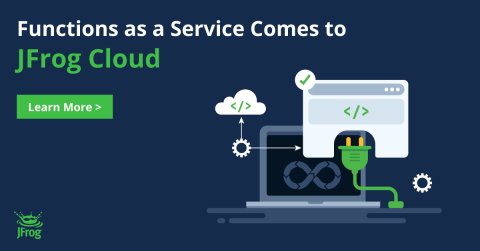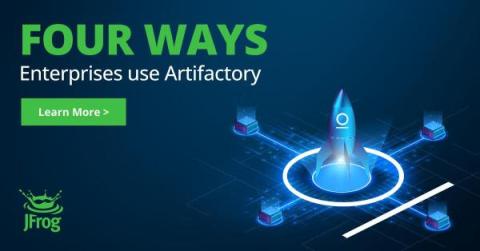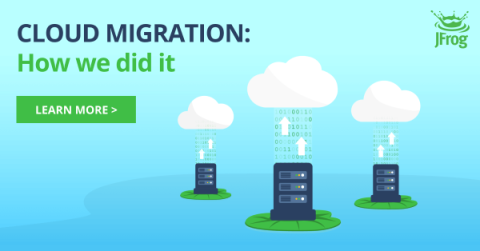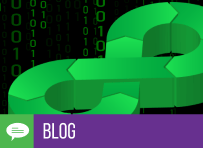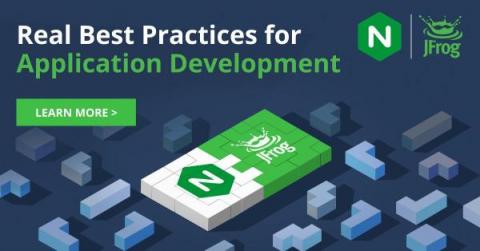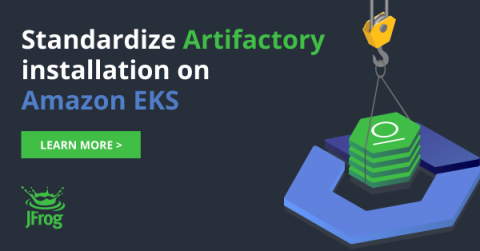Doing DevOps Your Way On SaaS Solutions: Custom Plugins Come to JFrog Cloud with Workers Service
To no one’s surprise, cloud adoption continues to be a focus for organizations of all sizes and verticals. However, for those who are used to the flexibility and adaptability that comes with customizing self-hosted software, moving to a SaaS offering and losing some of that customization can be a deal breaker. At JFrog, giving developers the freedom – and flexibility – to work however they want to has always been a central tenet to our offering.


